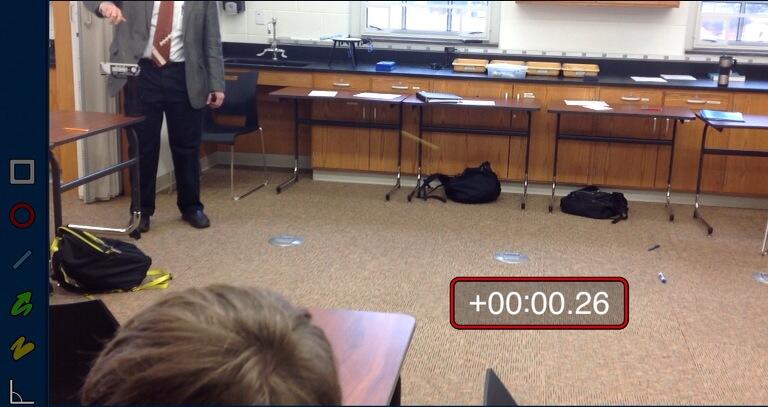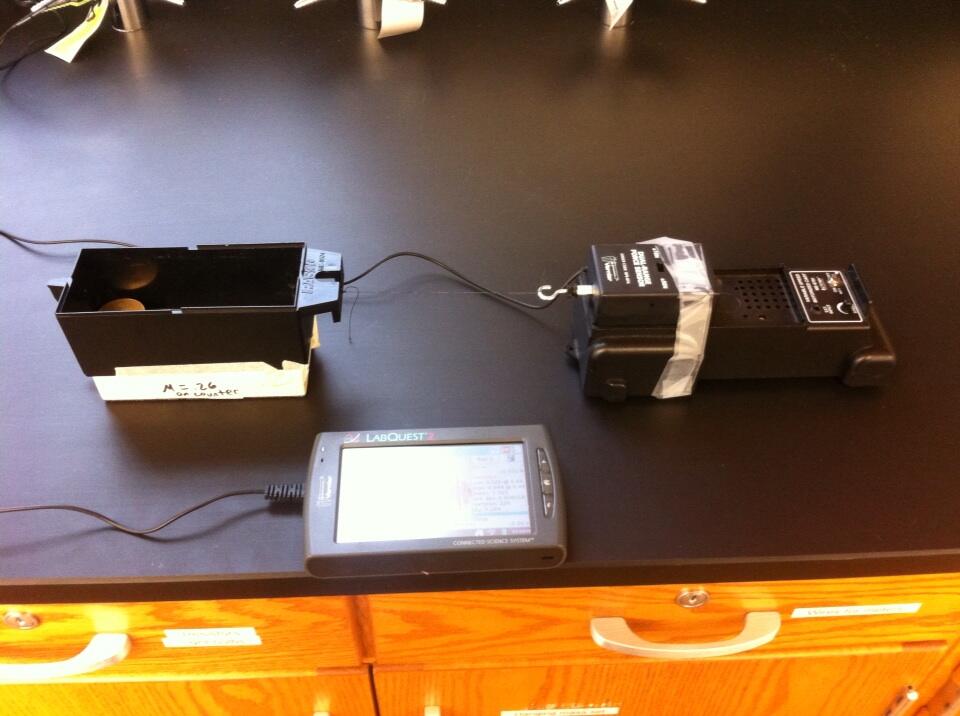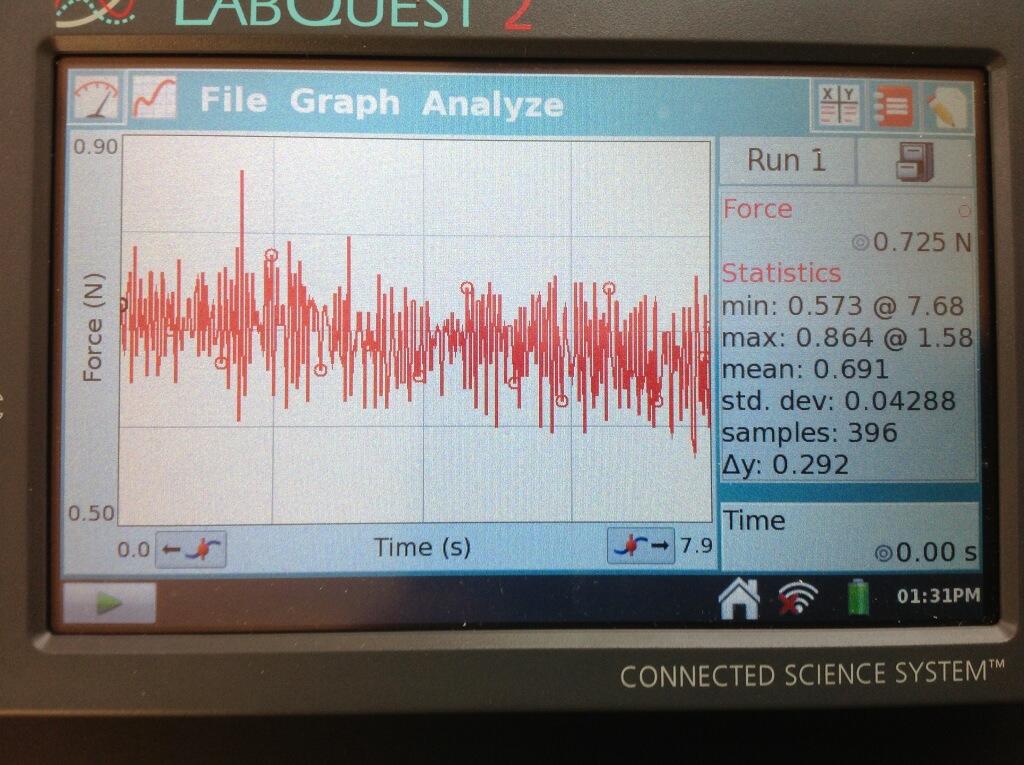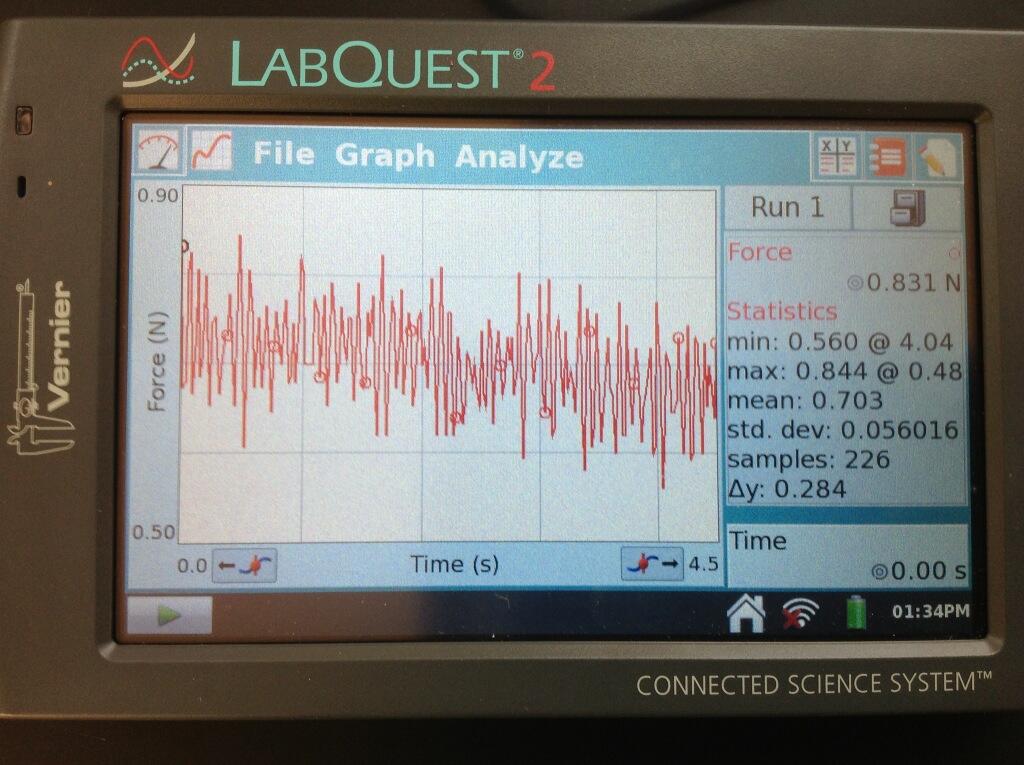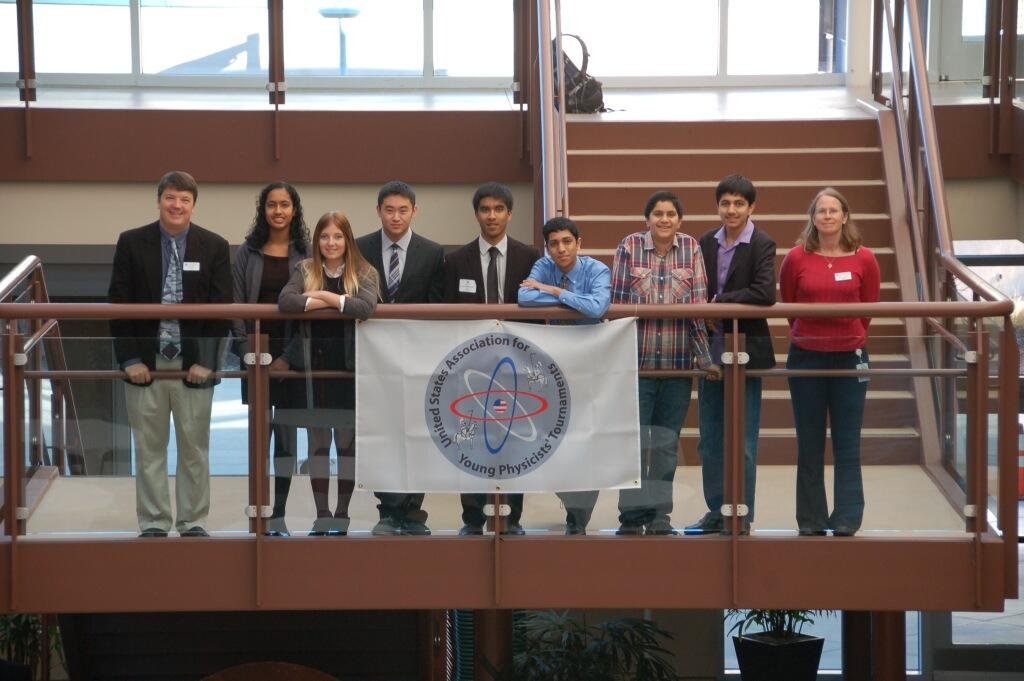For decades, it's been fashionable for college students to whine about the price of their physics textbook. Really? $250 for this thousand-page tome that I'm only going to use for the problem my professor assigns? Does it come with a diamond ring?
High School students are largely (seemingly) insulated from that cost, because most schools buy and distribute the books. Don't think your district is getting much of a discount. Read Surely You're Joking, Mr. Feynman for just one behind-the-scenes anecdote about state-level textbook adoption committees. All that money comes out of your tax dollars, and (if you teach in the public school) money that could otherwise be part of your salary.
Of course, one could make similar complaints about highway construction costs. $10 million per lane per mile? That makes a physics textbook seem like a drop of fish poop in the Gulf of Mexico. The question "is that too much?" makes no sense. Rather, one relevant inquiry to start with is, "By building an extra lane on this freeway, do the taxpayers get a benefit worth $10 million?"
The more important question, though, is one of opportunity cost: "Would it be possible to get a comparable benefit to a freeway lane for less than $10 million?" Could we, for example, build a high speed rail line for that kind of money that better serves the people driving that route? Or, would less than $10 million worth of improvements to the air transport system put fewer people on the road, and thus accomplish a similar goal? I don't know the answer to this question, because I'm not a transportation expert.
In physics, though, I know straight-up: The commercial physics textbook is not worth your money. Take a look at the OpenStax College Physics book. Leaf through it a bit. The problems are similar in number, style, and difficulty to those in Serway, Giancoli, or Cutnell and Johnson. The explanations are also on-par with the leading textbooks: not great, not the way I would have written them, but perfectly acceptable. The student and teacher ancillary materials are also comparable -- OpenStax provides students the complete solutions to every third problem, and they offer teachers who register a full solutions manual.
So why, oh why, is anyone paying for a classic text? I'm more than willing to hear and acknowledge that your favorite text is superior to the OpenStax version. Is it $250 per student superior? Is it ∞ times better? If it were your personal money, would you be enthusiastic about buying the quarter-of-a-thousand-dollar text while a free equivalent or near-equivalent was available? I doubt it.
I'd love to hear comments about this or other free online texts.
GCJ




